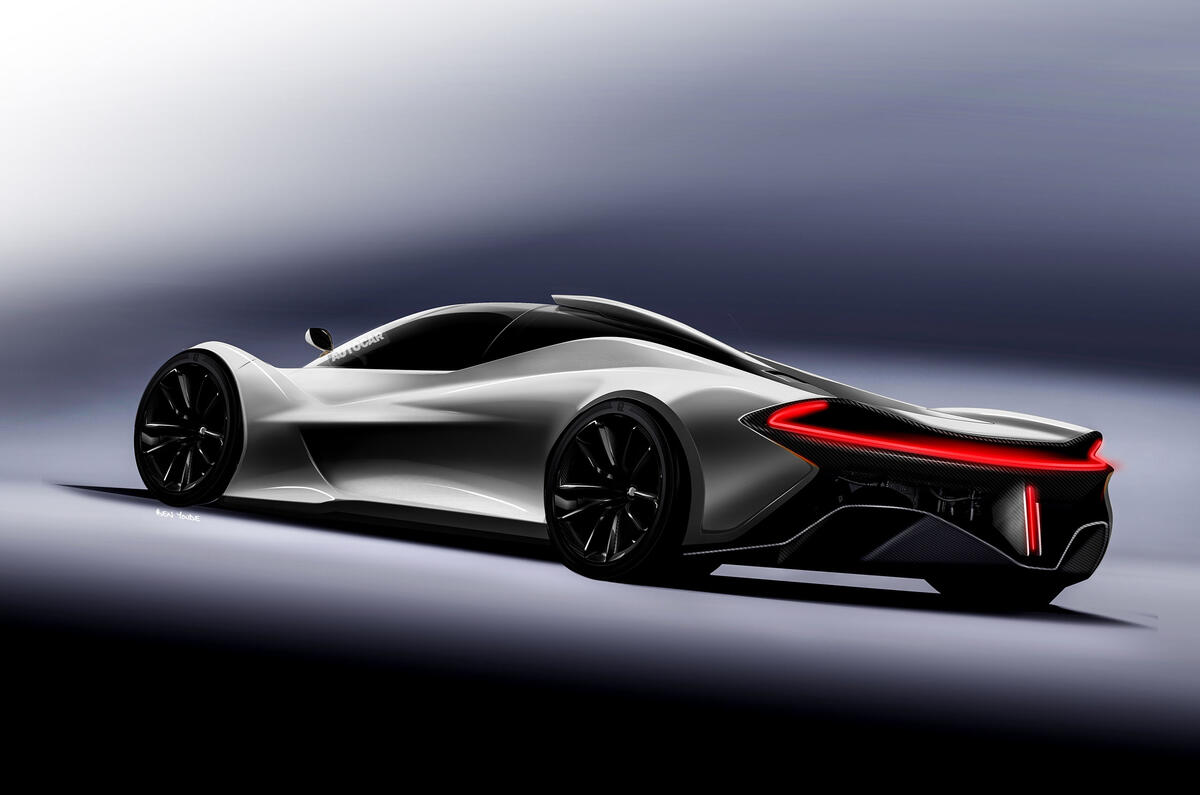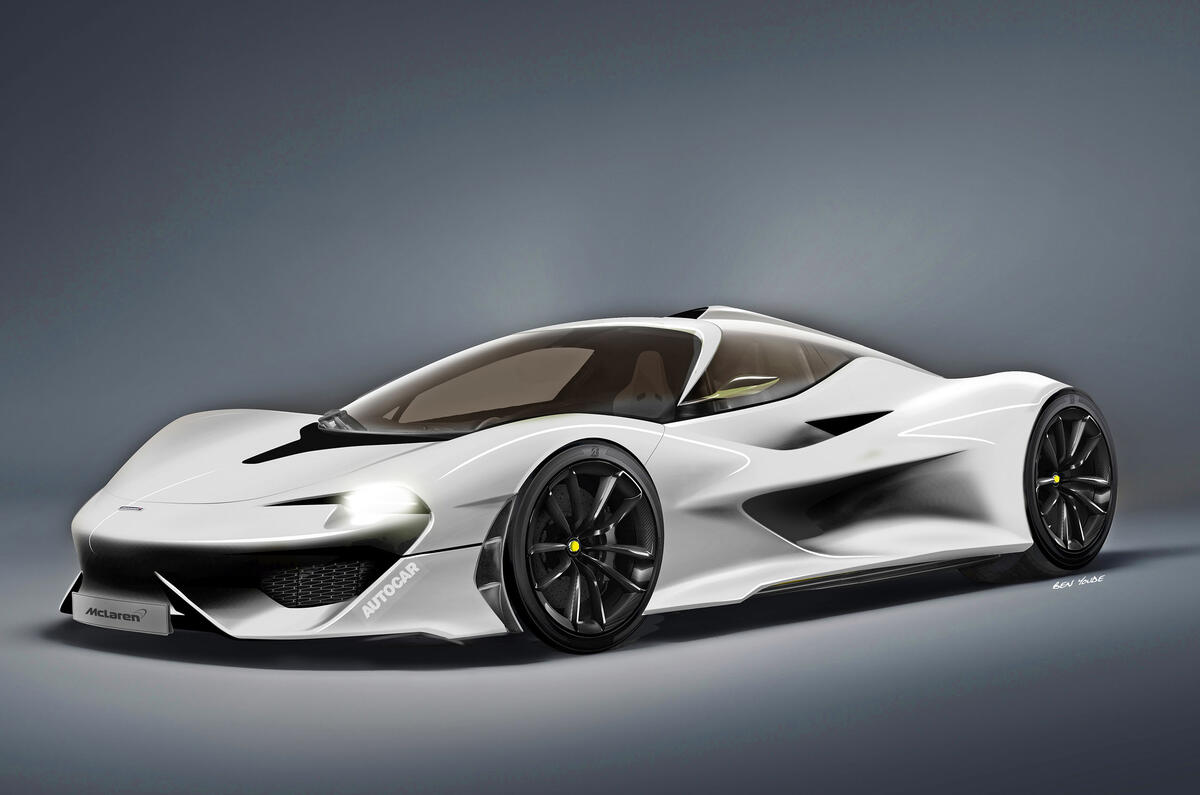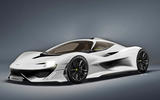When production of the McLaren F1 began in 1992, company bosses reportedly planned to sell at least 150 of the £640,000 road cars in order to turn a profit.
In fact, when production ended in 1998, just 106 F1s had been made: five prototypes, 64 standard road cars, one LM prototype, five LM road cars, one Longtail prototype, two Longtail road cars and 28 GTR race cars. However, the race programme is said to have been so successful that the project still made money for McLaren.
Read more about the reborn McLaren F1 here
Apple is holding talks with the interest of buying McLaren - read more here
For many, the relatively low sales remain a surprise today, but they also underline just how expensive the car was relative to top-end opposition. Even a glowing road test in Autocar in 1994, which declared the McLaren F1 “possibly the fastest production road car the world will ever see” was not enough to push sales further.
In time, the rarity of the F1 has played in its favour, with tests such as Autocar’s also adding to the car’s iconic status and prompting collectors to scramble to own the car. Prices of standard cars are pushing £10 million and a road-going LM sold for £8.8m in 2015.
Although many will see a contradiction in the F1 — designed to be the ultimate road car — being recreated as a hyper-GT 30 years on, the original brief for the car grew to encapsulate supreme ride quality and handling.
F1 designer Gordon Murray famously tried to persuade McLaren’s Formula 1 partner, Honda, to supply the F1’s engine prior to BMW coming on board and visited Japan twice to try to pull off the deal.
While there, he and Ayrton Senna sampled the NSX and history books quote Murray as saying: “The moment I drove the Honda NSX, all the benchmark cars — from Ferrari, Porsche, Lamborghini — I had been using as references in the development of my car vanished from my mind. Of course the car we would create, the McLaren F1, needed to be faster than the NSX, but the NSX’s ride quality and handling would become our new design target.”









Join the debate
Add your comment
I understand the image of the
Question
F1 wasn't a good name in 1993